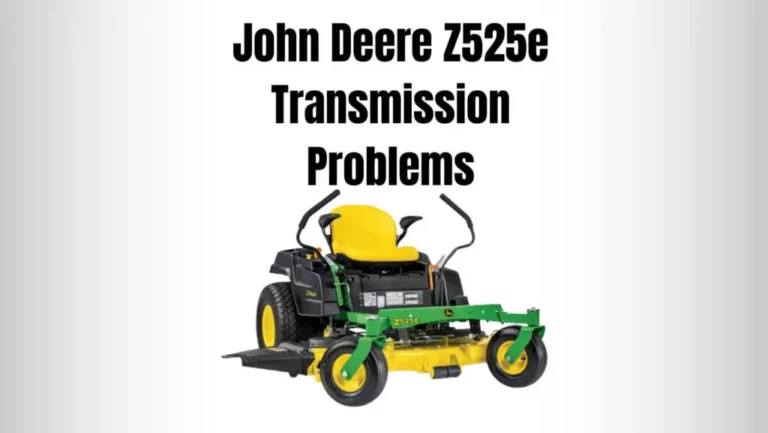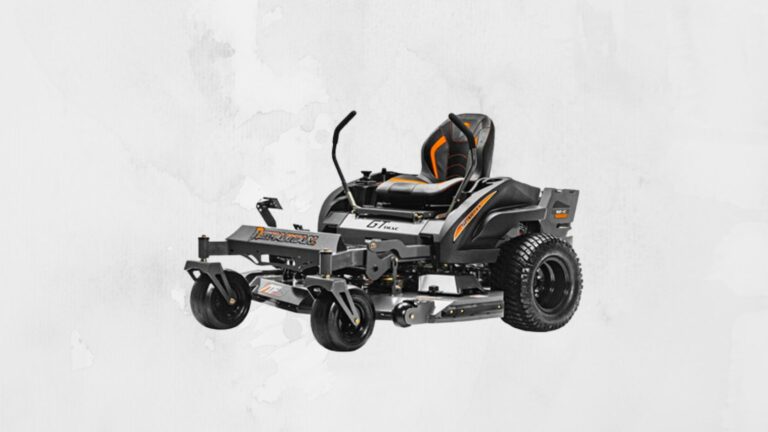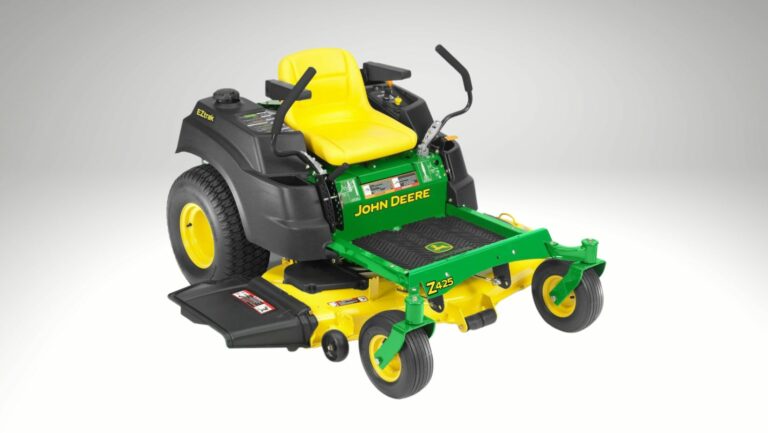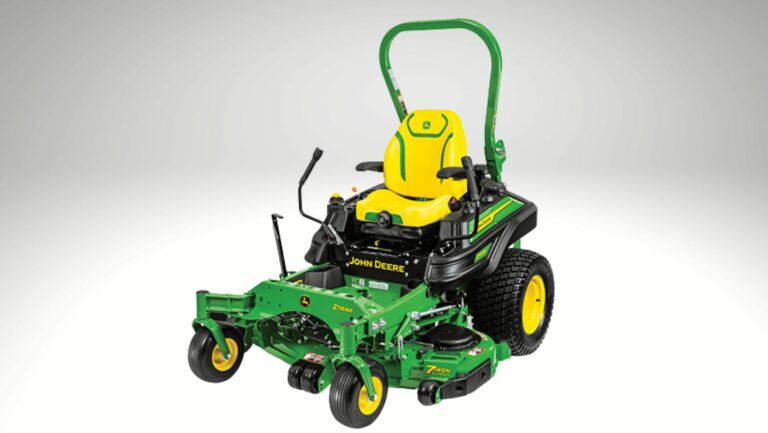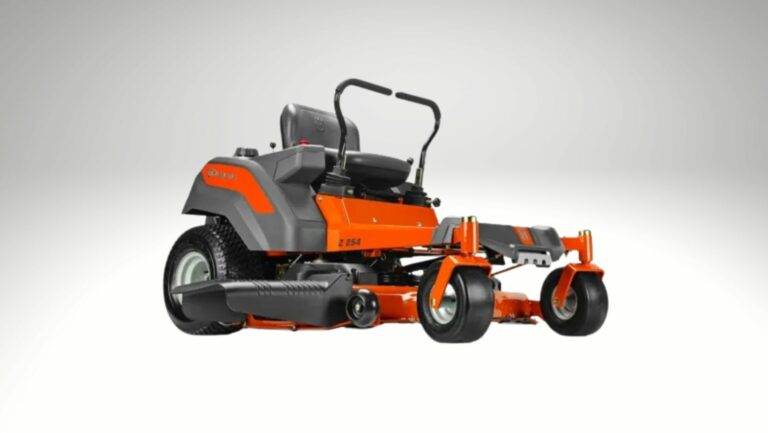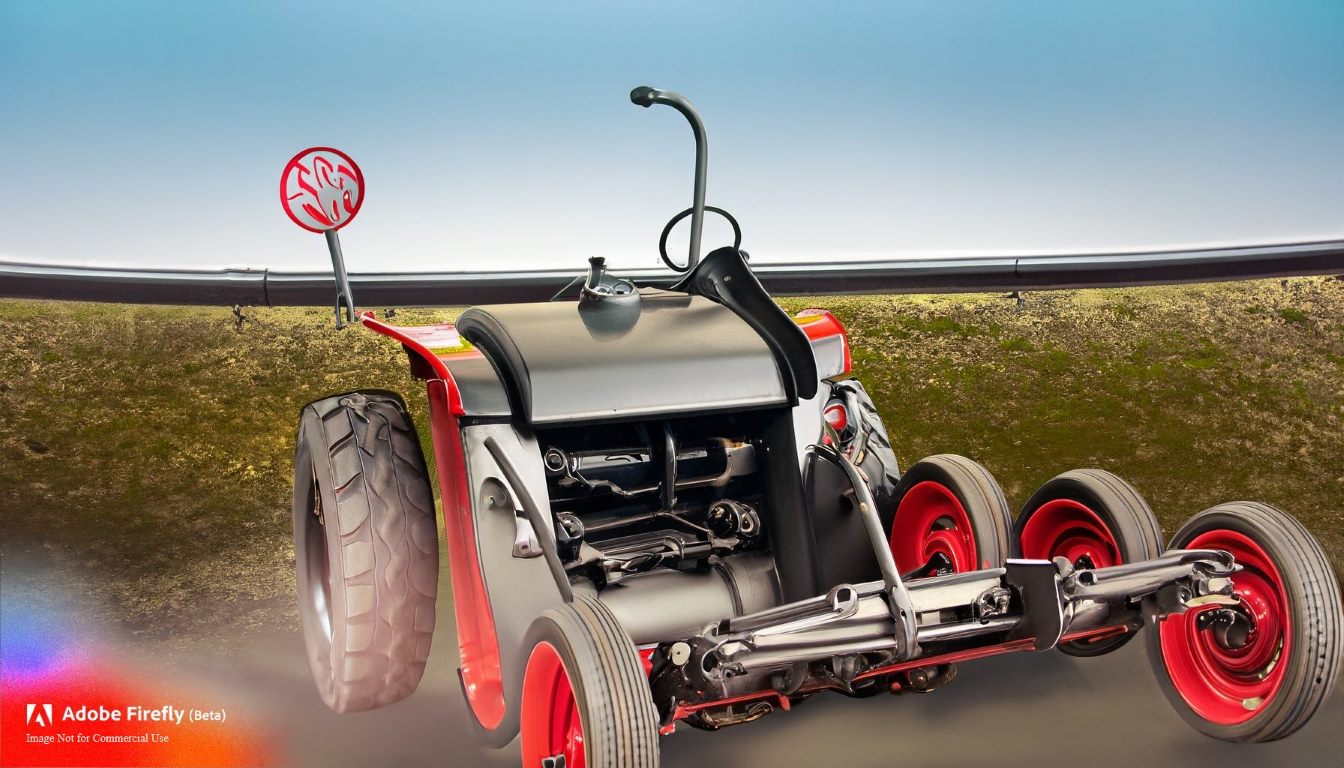
Troy-Bilt zero-turn mowers are known for their agility and efficiency in mowing large lawns. These mowers are equipped with hydrostatic transmissions that provide smooth and precise control. However, like any mechanical component, hydrostatic transmissions can encounter issues over time.
In this comprehensive guide, we’ll explore common problems that may arise with the hydrostatic transmission in Troy-Bilt zero-turn mowers and provide troubleshooting steps to help you diagnose and resolve these issues. Ensuring your hydrostatic transmission is in optimal condition is crucial for maintaining the excellent performance of your zero-turn mower.
Understanding the Hydrostatic Transmission
Before delving into specific transmission problems and their solutions, it’s essential to understand the basic operation of the hydrostatic transmission in Troy-Bilt zero-turn mowers. These transmissions use hydraulic fluid to transfer power from the engine to the wheels, allowing for precise speed and direction control without the need for a traditional gearbox. The system consists of a hydraulic pump and a hydraulic motor, both of which need to work together seamlessly for the mower to operate correctly.
Common Hydrostatic Transmission Problems
- Loss of Speed or Power:
- Symptoms: Reduced speed or power during operation, difficulty climbing hills.
- Causes: Low hydraulic fluid level, air in the hydraulic system, worn-out pump or motor.
- Troubleshooting: Check and top up the hydraulic fluid, bleed the hydraulic system to remove air, and inspect the pump and motor for wear.
- Transmission Overheating:
- Symptoms: Excessive heat generated from the transmission.
- Causes: Overloading the mower, low fluid level, dirty or clogged cooling fins.
- Troubleshooting: Avoid overloading the mower, maintain the proper fluid level, and clean the cooling fins.
- Uneven Movement:
- Symptoms: One side of the mower moves faster than the other, causing uneven cutting.
- Causes: Imbalanced hydraulic pressure, damaged wheel motor.
- Troubleshooting: Adjust the hydraulic pressure or consult a professional to inspect and replace the damaged wheel motor.
- Fluid Leaks:
- Symptoms: Puddles of hydraulic fluid under the mower.
- Causes: Damaged hoses, loose fittings, or worn seals.
- Troubleshooting: Locate the source of the leak, repair or replace damaged hoses and fittings, and ensure all seals are in good condition.
- Noisy Transmission:
- Symptoms: Unusual noises such as whining or grinding during operation.
- Causes: Worn or damaged transmission components, insufficient lubrication.
- Troubleshooting: Inspect and replace worn or damaged transmission components and ensure proper lubrication of moving parts.
Troubleshooting Steps
Now that you’re familiar with common hydrostatic transmission problems, let’s explore troubleshooting steps to help you address these issues effectively:
- Loss of Speed or Power:
- Check the hydraulic fluid level and top it up if necessary.
- Bleed the hydraulic system to remove any trapped air.
- Inspect the pump and motor for signs of wear or damage and replace if needed.
- Transmission Overheating:
- Avoid overloading the mower; take breaks during extended use.
- Maintain the proper hydraulic fluid level.
- Clean the cooling fins regularly to prevent overheating.
- Uneven Movement:
- Adjust the hydraulic pressure to balance the mower’s movement.
- Consult a professional technician to inspect and replace the damaged wheel motor.
- Fluid Leaks:
- Identify the source of the leak and repair or replace damaged hoses, fittings, or seals.
- Ensure all connections are tightly secured.
- Noisy Transmission:
- Inspect and replace any worn or damaged transmission components.
- Lubricate all moving parts as recommended in the owner’s manual.
Preventive Maintenance
To keep your Troy-Bilt zero-turn mower’s hydrostatic transmission in excellent working condition and prevent problems, consider these preventive maintenance tips:
- Follow the manufacturer’s recommended maintenance schedule, including regular hydraulic fluid changes and filter replacements.
- Store the mower in a dry, sheltered area to protect it from the elements.
- Keep the transmission and engine clean to prevent dirt and debris from causing damage.
- Avoid overloading the mower, as excessive weight can strain the transmission.
- Operate the mower within recommended speed limits and avoid abrupt starts and stops.
Conclusion
Maintaining a well-functioning hydrostatic transmission is essential for the performance of your Troy-Bilt zero-turn mower. By understanding common problems and following the troubleshooting steps outlined in this guide, you can keep your mower in peak operating condition. Regular maintenance and prompt attention to any transmission issues will ensure that your Troy-Bilt zero-turn mower continues to provide efficient and precise mowing, making yard work easier and more enjoyable.

I’m David man behind Lawn Mowerly; I’ve been dealing with lawnmowers and Tractors with my father since I was a kid. I know every make and model and what each one is capable of and love helping people find the perfect lawn mower for their needs.

